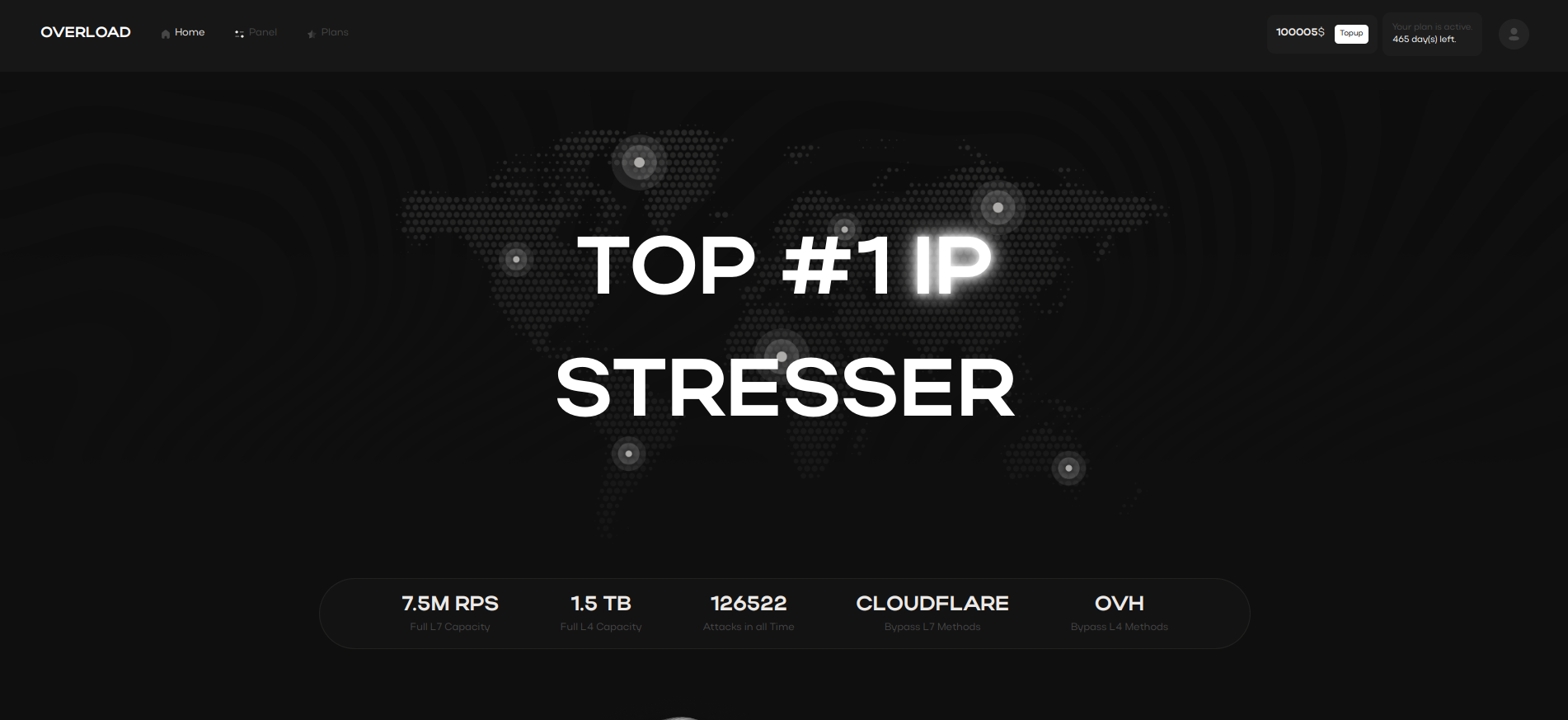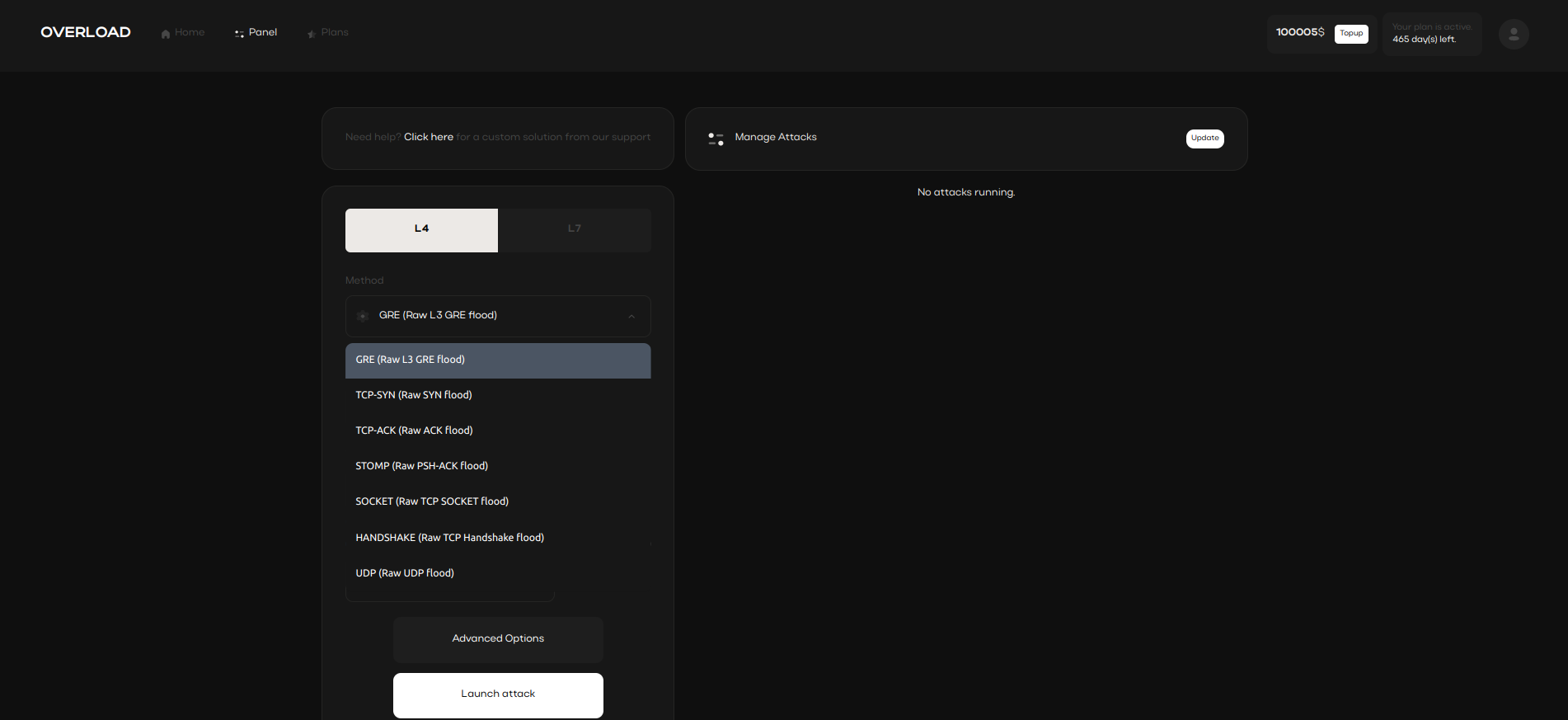Table of Contents
- What is a Stresser?
- Exploring Booter Services
- IP Spoofing and Layer 4 Attacks
- Amplification Methods in Stresser Services
What is a Stresser?

By simulating large traffic volumes and intense load conditions,
stressers aid in preventive cybersecurity. They are an integral part of modern
cyber resilience strategies, providing a realistic view of how infrastructure responds under peak load.
Exploring Booter Services

Through strategic load testing, booter tools expose vulnerabilities and system weaknesses.
They reveal weak points in server infrastructure, helping organizations preemptively reinforce their cybersecurity defenses.
IP Spoofing and Layer 4 Attacks

Stresser tools with IP spoofing capabilities obscure the attacker’s identity,
preventing detection and enabling secure, concealed testing. IP spoofing aids in masking attack origins,
adding a layer of anonymity during cyber evaluations.
Amplification Methods in Stresser Services

CLDAP, DNS, and NTP techniques amplify network requests, generating an overload
that tests system capacity limits. These methods increase traffic impact significantly, often resulting in substantial strain on systems.
- DNS reflection method
- NTP boost method
- CLDAP traffic magnification
